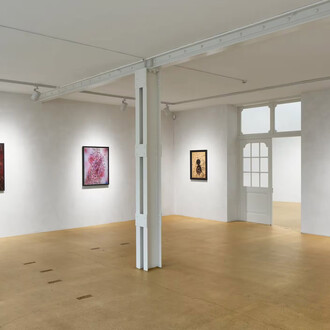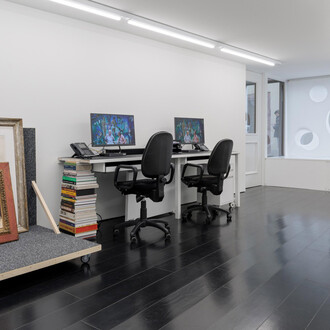The exhibition shines the spotlight on indigenous birds, mammals and minerals. The exterior of birds and mammals reveals a lot about how they move, hunt and eat. Two habitats, the city and the mountains, show examples of how animals are able to adapt to a constantly changing environment. Of the 700 or so minerals that occur in Switzerland, we present the most beautiful and spectacular among them.
Birds and mammals have a variety of characteristics that suit their lifestyles perfectly. How powerful are their eyes or ears, for example? What sort of movement are their legs and feet suited to? Do they have a fur coat to protect them from the cold, or do they use camouflage to hide from enemies? In several areas various parts of the animals' bodies are examined in more detail. This proves that their external appearance reveals a lot about how the mammals and birds move around, hunt and eat.
On the top floor of the exhibition, we use the examples of the city and the mountains to show how animals adapt to their habitats. The lifestyles of animals in the constantly changing environment of the city is just as surprising and amazing as those adopted by animals in order to survive the extreme weather conditions of the mountains.
They sparkle, have perfect shapes and come in every colour imaginable – so it's hard to believe that these minerals grow in dark, narrow caves inside the mountains. Usually they are able to form their stunning crystal shapes unhindered in fissures. On a Tour de Suisse, we show off around 200 treasures from the museum's mineralogical collection and point out which area of Switzerland the minerals come from. We also tell you which minerals are suitable for use as raw materials.
















